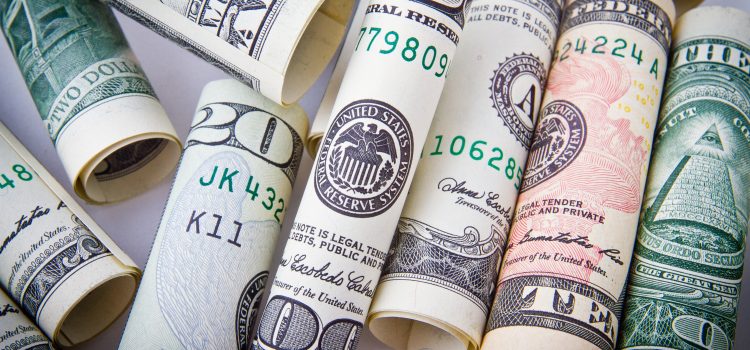
In a world where access to credit has become a fundamental aspect of personal and business finance, the age-old adage “neither a borrower nor a lender be” seems increasingly out of touch with modern economic reality. Borrowing, when approached with caution and consideration, can be a powerful tool for achieving financial goals. However, not all debt is created equal, and distinguishing between strategic debt and bad debt is essential to making informed borrowing choices.
Defining the Divide: Strategic Debt vs. Bad Debt

The first step in navigating the world of borrowing is understanding the crucial difference between strategic debt and bad debt.
- Strategic Debt: This type of debt is incurred with a clear, purpose-driven plan. It’s often seen as an investment in future financial well-being. Common examples include student loans, mortgages, and business loans. These are generally associated with assets or investments that have the potential to appreciate over time.
- Bad Debt: In contrast, bad debt represents loans that are taken out without a clear purpose or fail to generate any returns or assets. Credit card debt used for consumer spending, high-interest payday loans, and extravagant personal loans often fall into this category. Bad debt can quickly spiral into a financial burden.
The Art of Borrowing Wisely
When it comes to borrowing, knowledge is power. Here are some guidelines to help individuals and businesses make informed borrowing choices:
- Set Clear Goals: Before taking on any debt, establish clear goals for how the borrowed funds will be used and what benefits they will provide. This will help ensure that the debt aligns with your financial objectives.
- Budget and Affordability: Consider your current financial situation and your ability to service the debt. Budgeting and financial planning are essential to prevent overextending yourself.
- Interest Rates and Terms: Always compare interest rates and loan terms from different lenders. Be aware of hidden fees and consider the total cost of the loan over its duration.
- Risk Assessment: Evaluate the risks associated with the borrowing decision. This includes assessing market conditions, the stability of your income, and any potential changes in circumstances.
- Seek Expert Advice: If you’re unsure about the type of debt that suits your needs, consult with financial advisors who can provide personalized guidance.
- Emergency Fund: Prioritize building an emergency fund. Having a financial cushion can help you avoid turning to high-interest loans in times of unexpected expenses.
The Wider Impact
The implications of informed borrowing choices extend beyond personal finance. Economies depend on responsible borrowing as a driver of growth and prosperity. When individuals and businesses make informed decisions, it can lead to more sustainable economic growth.
On the flip side, widespread bad debt can lead to economic instability, as was evident in the 2008 financial crisis. Prudent lending practices, as well as responsible borrowing, are critical in maintaining a healthy financial ecosystem.
Conclusion
Strategic debt and bad debt are two sides of the same coin. In an era where access to credit is easier than ever, the line between them can often blur. However, understanding the difference and approaching borrowing with careful consideration can make all the difference between a financial triumph and a debt-laden struggle. Borrow wisely, plan ahead, and remember that informed choices today can lead to a brighter financial future tomorrow.










